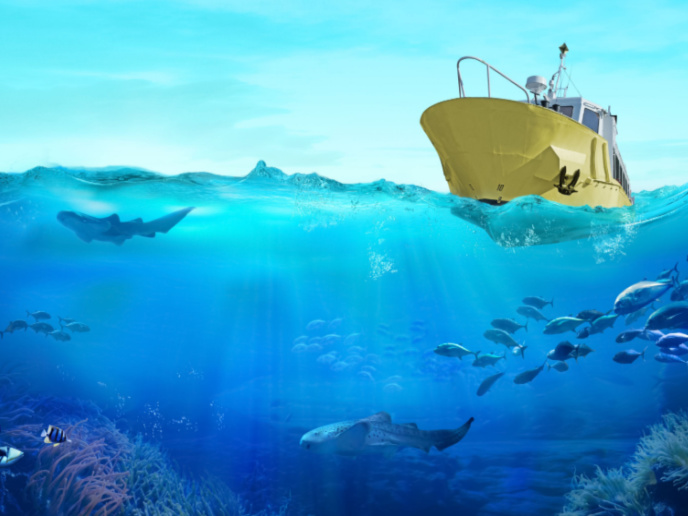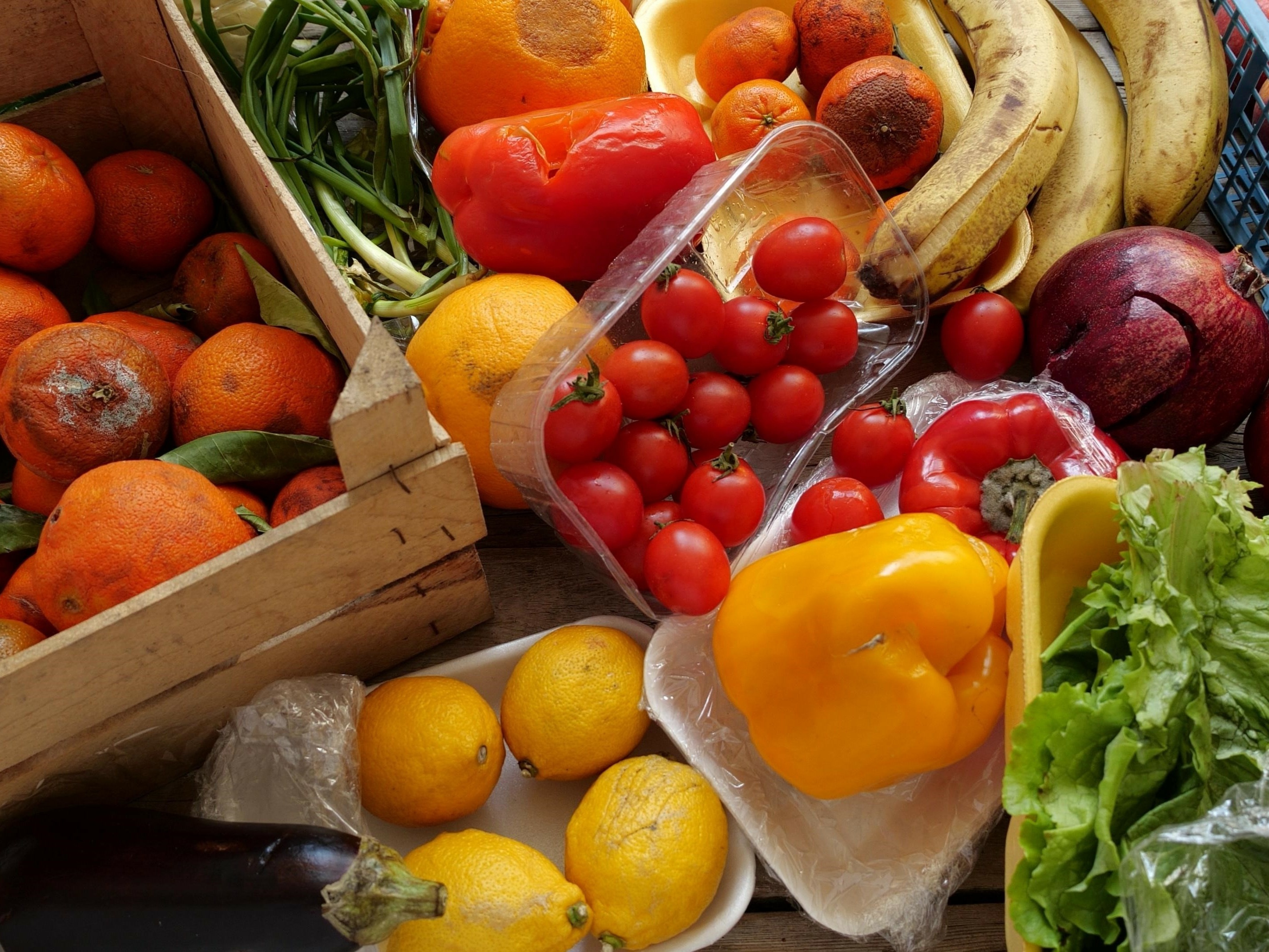How jellyfish could help us clean up the ocean
At least 14 million tons of plastic are washed out to sea every year. Breaking down into micro- and nanoplastics, they threaten marine life and contribute to climate change. Exploding jellyfish populations are considered a consequence of the combined effects of climate change and overfishing. “We had the bold idea of addressing both issues at the same time, using one to solve the other,” says Jamileh Javidpour, associate professor at the University of Southern Denmark. This idea is GoJelly: an EU-funded project proposing to harvest the mucus produced by medusae to create filters removing plastic particles from wastewater before it reaches the ocean. Under stress, jellyfish secrete mucus which forms reproducing layers over their external surface. “This slime contains a protein structure which acts like a net, trapping and filtering micro- and nanoplastics,” Javidpour explains. Her team selected two species, the nomad jellyfish and the common moon jellyfish, as the most promising species for developing the biofilters due to the quantity and quality of mucus they produce. Both frequently form large blooms in the Mediterranean region.
Targeting the tiniest particles
To build the filters, medusae are harvested using a net and then transferred to a funnel where they secrete the mucus. The collected mucus is freeze-dried and inserted into a cylinder-shaped filtering device where the dried mucus layer is held in place by a layer of sand. Plastic particles find their way into wastewater in a number of ways including soil run-off containing broken-down plastic, but also cosmetic products or car tyre residues. While wastewater treatment plants are already well equipped to remove bigger particles, current filtering techniques are not up to the task of removing smaller microplastic particles and nanoplastics. “Lab-based trials showed that jellyfish mucus is the perfect candidate to fill this gap, demonstrating nearly 100 % efficiency in binding the smallest particles,” Javidpour notes. Deploying the filters on a large scale will also require a large-scale solution to harvesting the medusae. This was one of the project’s major challenges, as population numbers can vary considerably. “We created a population matrix and ran a drifting model to understand how populations evolve and are affected by environmental factors like currents,” Javidpour adds. “We have delivered a first holistic tool predicting jellyfish blooms and hope to adapt it to different local contexts as a next step.”
An acquired taste
Since the filters only make use of the secreted mucus, the GoJelly project also developed concrete, marketable concepts for turning the rest of the jellyfish biomass into useful products. “The medusae can be processed for human food or aquaculture feed, as fertiliser or for the extraction of collagen for cosmetic products,” Javidpour says. To help European consumers warm to the idea of medusae as an up-and-coming seafood, the project team worked with chefs to produce a jellyfish cookbook. They also patented an innovative process for sustainably dehydrating the edible jellyfish. The team has already registered GoJelly as a start-up business and is currently looking for investors to get their innovative solutions to the market. Taking this step could make a major contribution to the EU objective of tackling plastic pollution and marine litter – while opening up new culinary perspectives for all of us.
Keywords
GoJelly, jellyfish, medusae, microplastic, nanoplastics, biofilters, wastewater treatment, edible jellyfish







